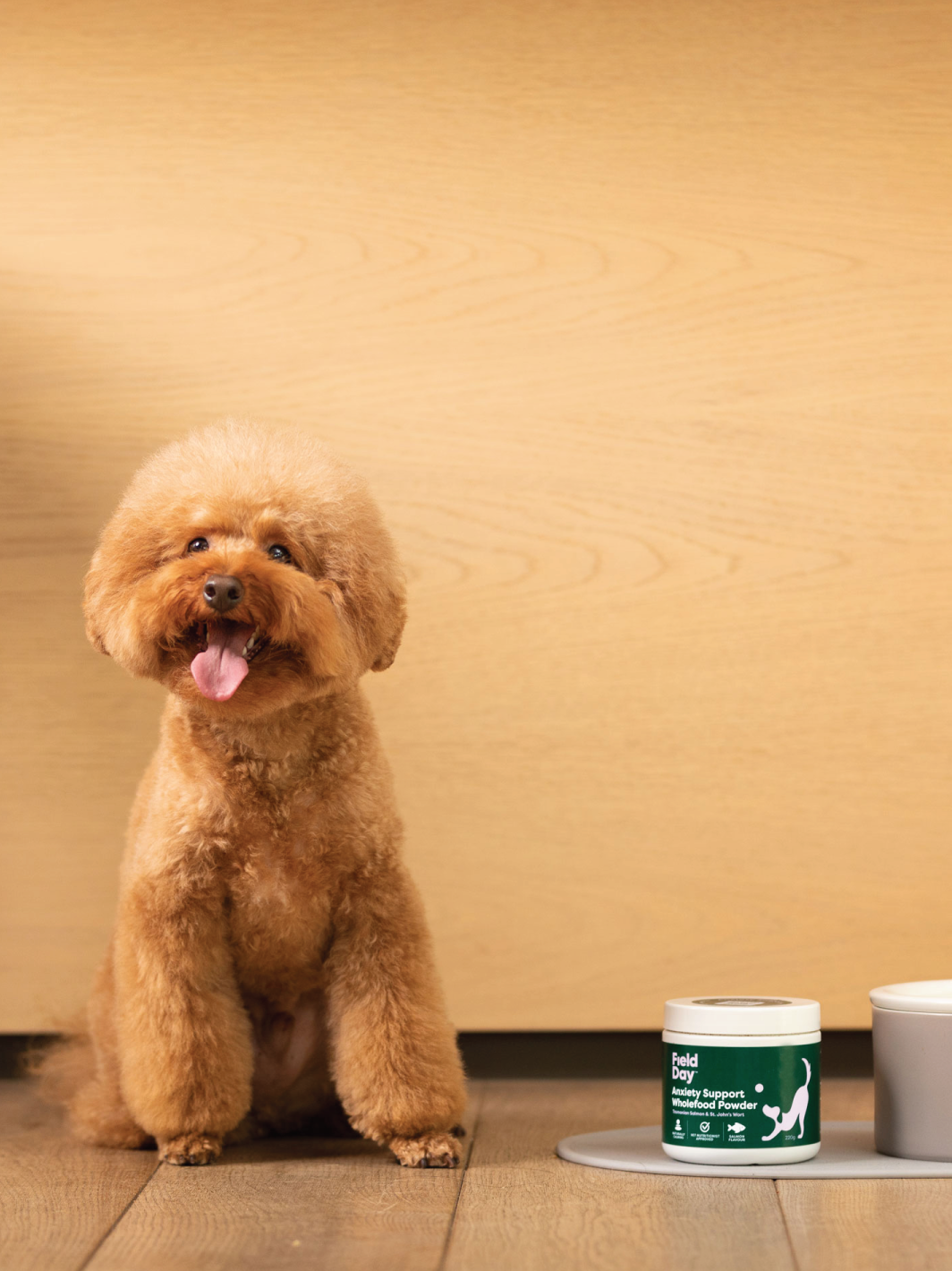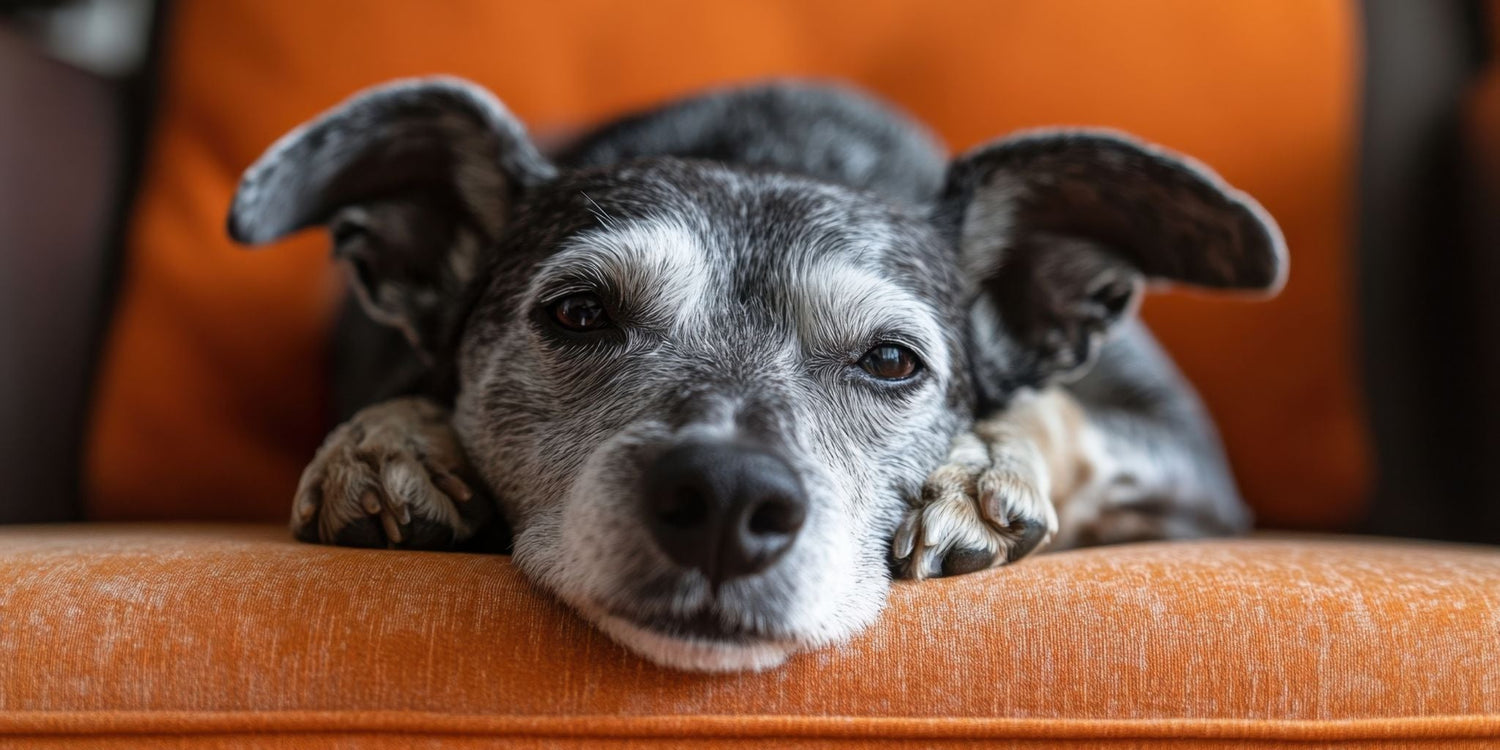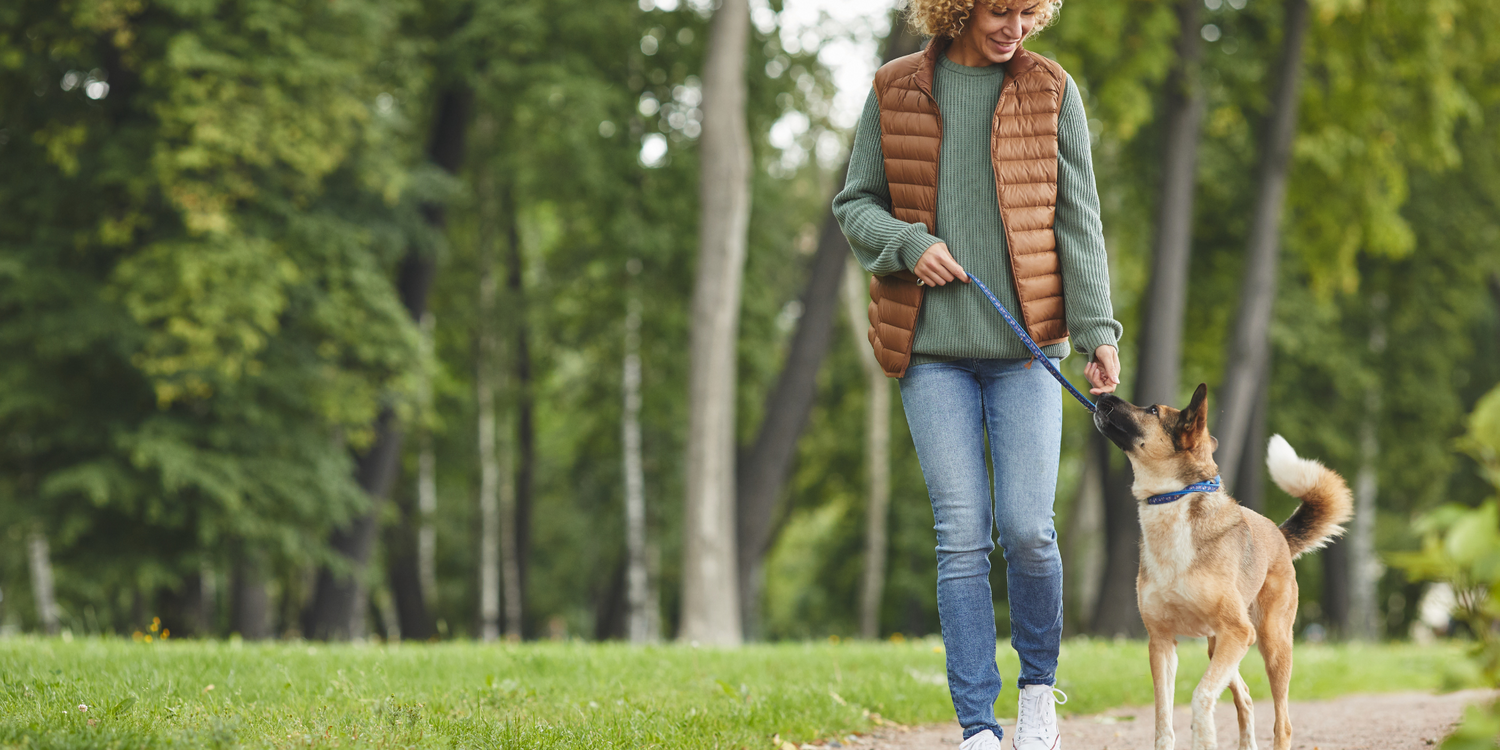
This blog was written by Ian Shivers from the Bondi Behaviourist
Leaving your dog home alone can be challenging. It has become even more challenging due to covid we have been home with our dogs more and more. We will all eventually be heading back into the office and want peace of mind knowing our dog will be ok home alone.
The hardest part is knowing where to start and my best advice is by leaving in small increments and increasing the time according to what your dog can handle. If you are unsure how your dog is handling this, you can set up your phone, laptop or camera to watch what they do when you leave. It is important to go at your dog's pace as we don’t want them to become distressed. If they do become distressed then it is too much for them and we need to adjust what we do next time and ensure we leave them for a time that they can cope with and build their resilience gradually. Remember every dog is different in what they can and can’t cope with.
Creating separation whilst you are at home is another good way to start. You can be in another room and give them something to do such as puzzles, appropriate chews, kong, mental stimulation items or appropriate toys. Also practicing out of sight stay exercises and returning can help with when you do need to leave
As we want your dog to feel comfortable it is important that the place you leave them in is familiar, comfortable, and a place associated with safety. When a dog has too much space to wander, or it is associated with stress, excitement or they’re only in there when left alone, they can start to pace, stress can build and the dog can become stressed and panicked. You can manage where they have access to by closing doors, using a playpen, crate or a baby gate.
If you will be gone for a long extended period of time it is important to set the dog up for the day.
- Ensure they’re not frustrated and have had sufficient exercise and enrichment.
- Make sure they have access to an appropriate place to do their business.
- Break up their day by using a qualified dog walker or a daycare if suitable.
- Leave background noise on, whether it be the TV or the radio.
- Don’t leave anything too over stimulating for them such as balls, or things that keep moving, we want them to calm down so using pacifiers will help with that such as soft toys, appropriate chews.
- Don’t leave them alone in a place that they have access to people/dogs/external noises that may cause stress and unwanted behaviours like barking.





